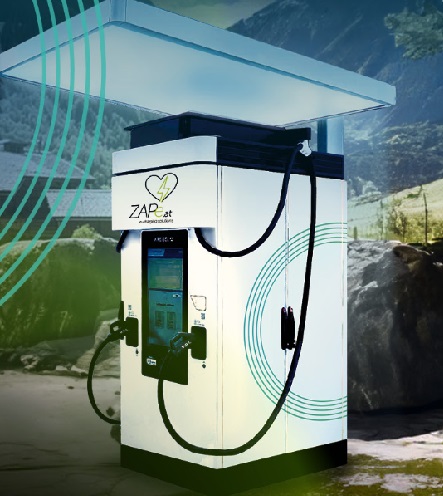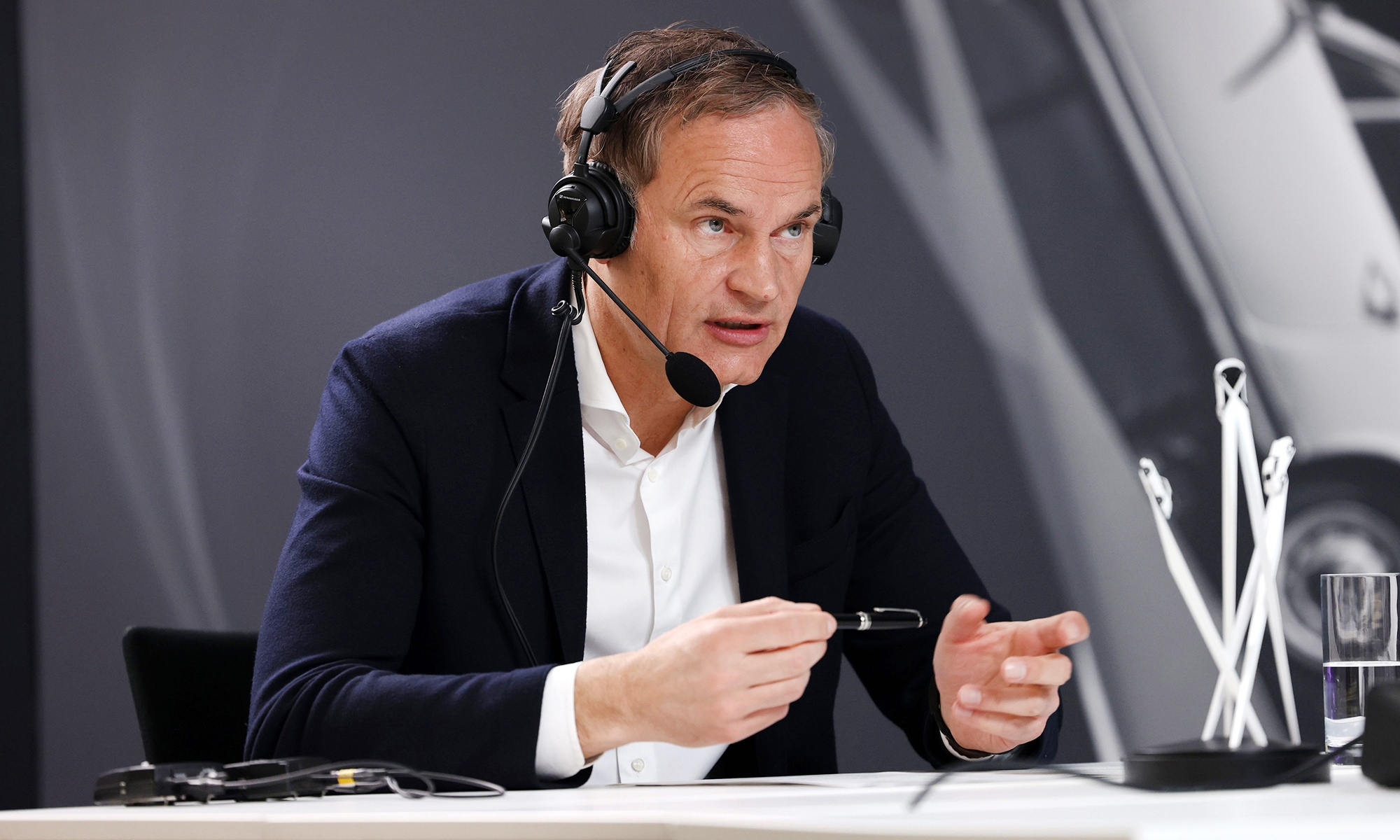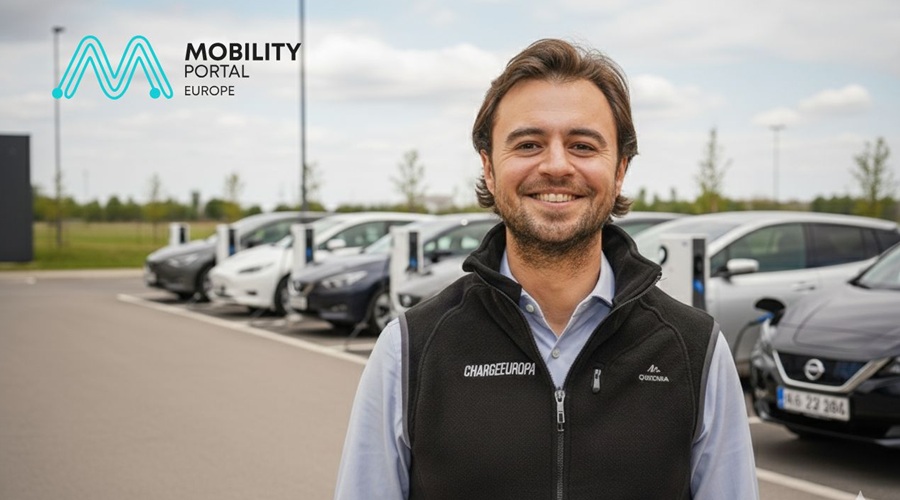The dilemma between alternating current (AC) and direct current (DC) has ceased to be merely a technical issue and has instead become a strategic decision, particularly when the objective is to ensure a swift and sustainable return on investment in charging infrastructure for electric vehicles.
“We are not strong advocates of AC charging in terms of return on investment, as recovering funds with this type of charging is significantly more challenging,” states Henk Meiborg, CEO of ZAPe, a company offering customised solutions for electric charging stations, in an interview with Mobility Portal Europe.
The executive bases this assertion on user behaviours.
“They tend to leave their cars plugged in for over 24 hours, which prevents charging more than one car within that period,” he explains.

He further highlights that the number of kilowatt-hours supplied is lower compared to DC systems.
“This makes the return on investment more complex,” he insists.
In response to this scenario, ZAPe focuses its strategy on the development and deployment of direct current chargers.
“Our entire primary focus is on DC, but we offer fleet owners the option for employees who take vehicles home to charge them there using AC,” Meiborg affirms.
The company provides this service for 50 euros per month, which includes access to a management system (back office) that simplifies CO₂ emissions reporting and other associated processes.
“That is all we do in AC charging,” confirms the CEO.
What solution does ZAPe offer in DC?
The company’s business model is tailored to the technical conditions of the continent.
Meiborg highlights a structural challenge: “Electric grids are saturated with renewable energy, making it extremely difficult to secure a grid connection.”
To address this, ZAPe implements a system that restricts grid usage to 60 kilowatts (kW), even when chargers deliver power levels of 180-240 kW, by employing intermediate storage with batteries.
This solution enables the infrastructure to be scaled in phases, optimising both time and financial resources.
How?
As the CEO explains, if an initial installation includes 60 kW chargers and a subsequent increase in demand is identified, the charger can be replaced with one incorporating batteries without modifying the rest of the infrastructure.
The concrete base, canopy, and grid connection remain unaltered, facilitating both expansion and potential capacity reduction without incurring substantial additional costs.
The ability to adjust the system without altering the primary installation constitutes a competitive advantage for charge point operators (CPOs).
Bidirectional Charging: A Strategic Pathway for Enabling DC Charging
ZAPe seeks to establish itself as a European pioneer through the deployment of a large-scale Vehicle-to-Everything (V2X) programme.

This technology allows electric vehicles to return energy to the grid, contributing to the stability of the power system while generating additional revenue for both users and CPOs.
“An EV participating in a V2X programme can generate up to 2,900 euros per year,” states Meiborg, referencing a recent study.
The company, which in 2016 was recognised in Germany for a project of this nature, already has a client in Austria interested in installing five bidirectional chargers.
The primary challenge in scaling up this technology lies in vehicle compatibility with the necessary communication protocols.
Despite this, ZAPe and its partners have developed a solution that operates effectively with most models, according to the executive.
The firm is currently engaged in discussions with several EV manufacturers collaborating on the implementation of this product within some of the largest fleets, thereby allowing these operators to have a say in the process.
Within this context, he notes: “One of them expressed their determination to proceed with the project, regardless of the manufacturer’s approval.”
In this instance, they are willing to move forward with the trial, even if it means the battery warranty is no longer applicable.
The manufacturer granted approval for this pilot project to gather data and assess whether bidirectional charging accelerates battery degradation.
“I want this to be one of the first large-scale projects in Europe because I firmly believe in its potential,” emphasises Meiborg.
It is set to become operational in the coming months.
READ MORE
-
¿Nuevo reto eMobility? “Los anillos de baja tensión no están preparados para soportar el nuevo modelo energético”
El CEO de Smart Wallboxes, Elis Álvarez, advierte sobre la falta de previsión e inversión en la red eléctrica ante el crecimiento acelerado del parque eléctrico. Aquí, un análisis de la mano e Mobility Portal.
-
Oliver Blume (VW) pide medidas “convincentes” para impulsar la transición a la movilidad eléctrica
Blume se ha mostrado optimista con la actual situación de la compañía y del sector de la automoción en Alemania y afirma que su grupo está preparado para transitar de la combustión a la electricidad.
-
Low profitability in charging, but with “cautious optimism”
The CEO of ChargeEuropa describes to Mobility Portal a “cautiously optimistic” market: the fleet is still small, but electric vehicle registrations are growing rapidly.











